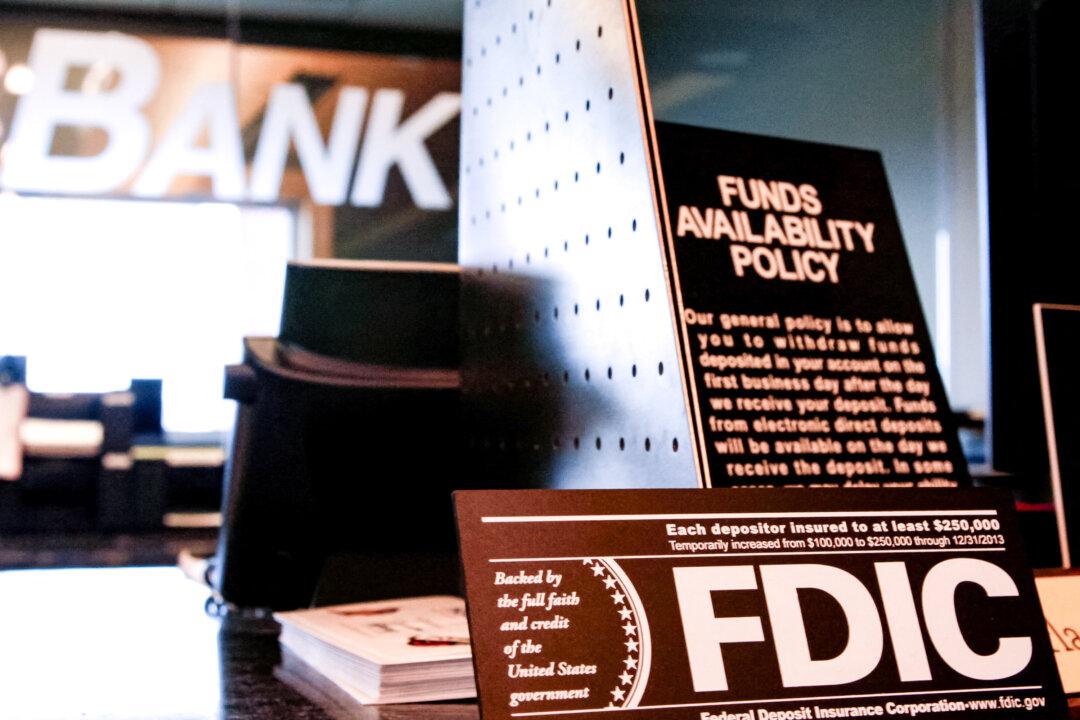Commentary
NEW YORK—Bitcoin and associated cryptocurrencies have suffered a precipitous decline from their highs back in November when it was over $60,000. “Bitcoin to the Moon,” a frequent refrain of internet bitcoin advocates less than a year ago, now sounds like the rant of an End of Days prophet traipsing Madison Avenue in a sandwich board sign.





